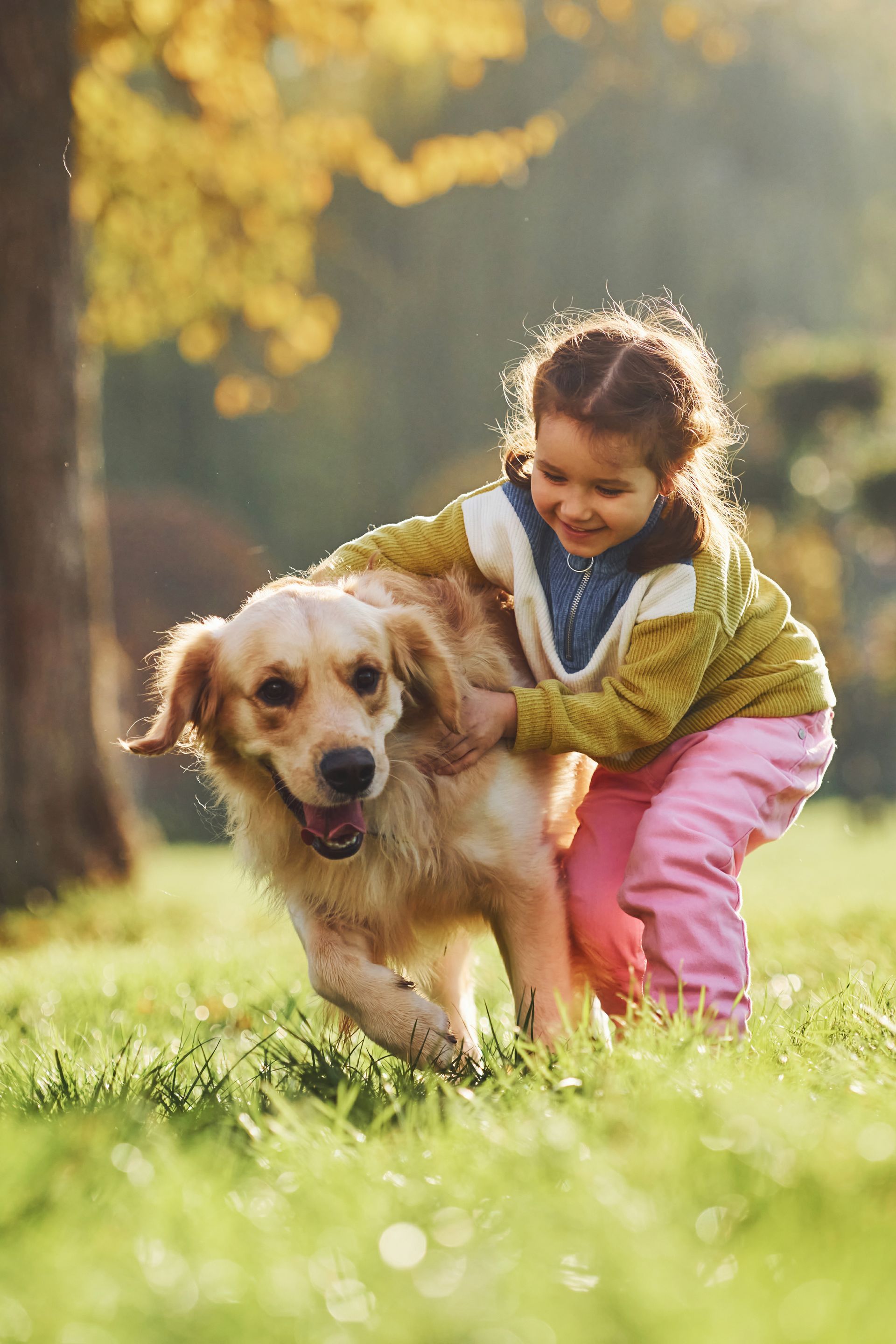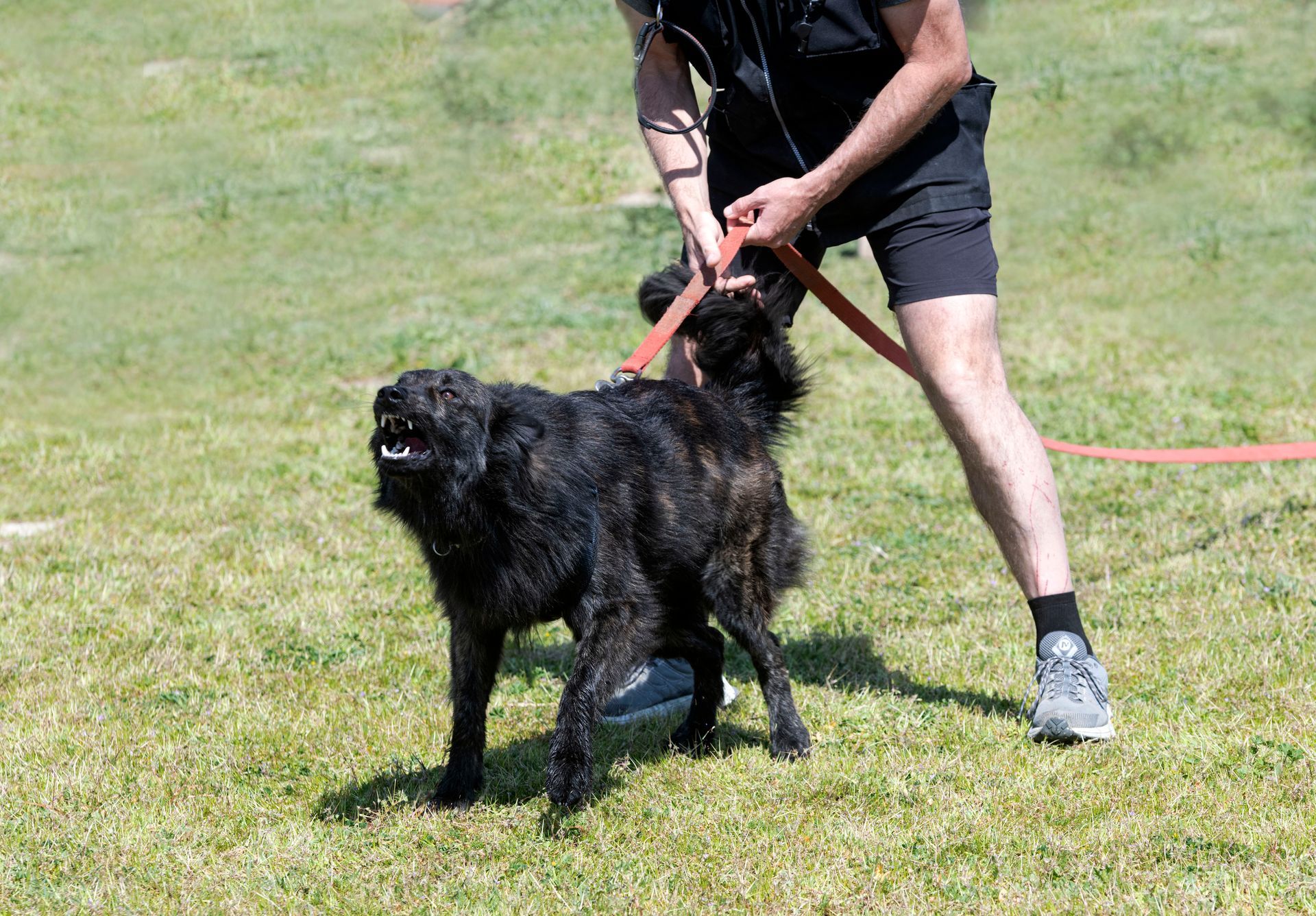Who is Most Likely to Get a Dog Bite?
Viewer Discretion Advised
Some images in this post may be intense or graphic, as they are from K9 training camps. Please proceed with caution.
Understanding Dog Bite Risks: Who’s Most Vulnerable and Why
Dog bites are a serious public health issue in the United States, with millions of incidents occurring every year. While any person can be bitten by a dog, certain groups are at higher risk for these injuries. Understanding who is most likely to be bitten by a dog can help prevent these incidents and protect individuals from harm. In this blog, we’ll explore the groups that are most vulnerable to dog bites, why they are at higher risk, and what you can do to reduce the chances of being bitten.
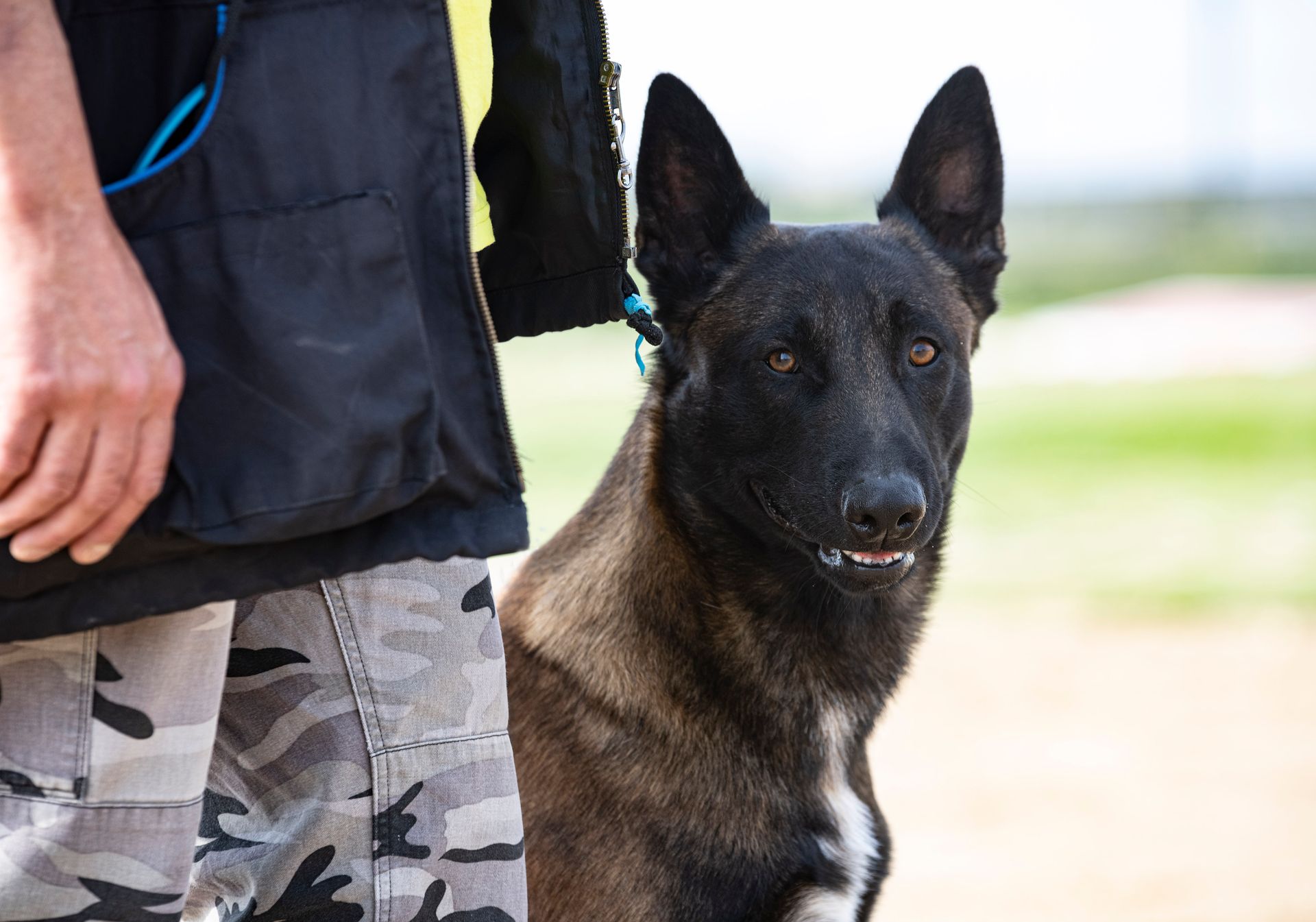
Why Understanding Dog Bite Risk is Important: Dog bites can lead to painful injuries, infections, and in some cases, long-term health issues. Additionally, dog bite victims may be entitled to compensation for medical expenses, pain, and suffering if the bite occurred due to negligence. By identifying the groups most at risk, we can work together to prevent these incidents and educate both dog owners and the general public on how to stay safe around dogs.
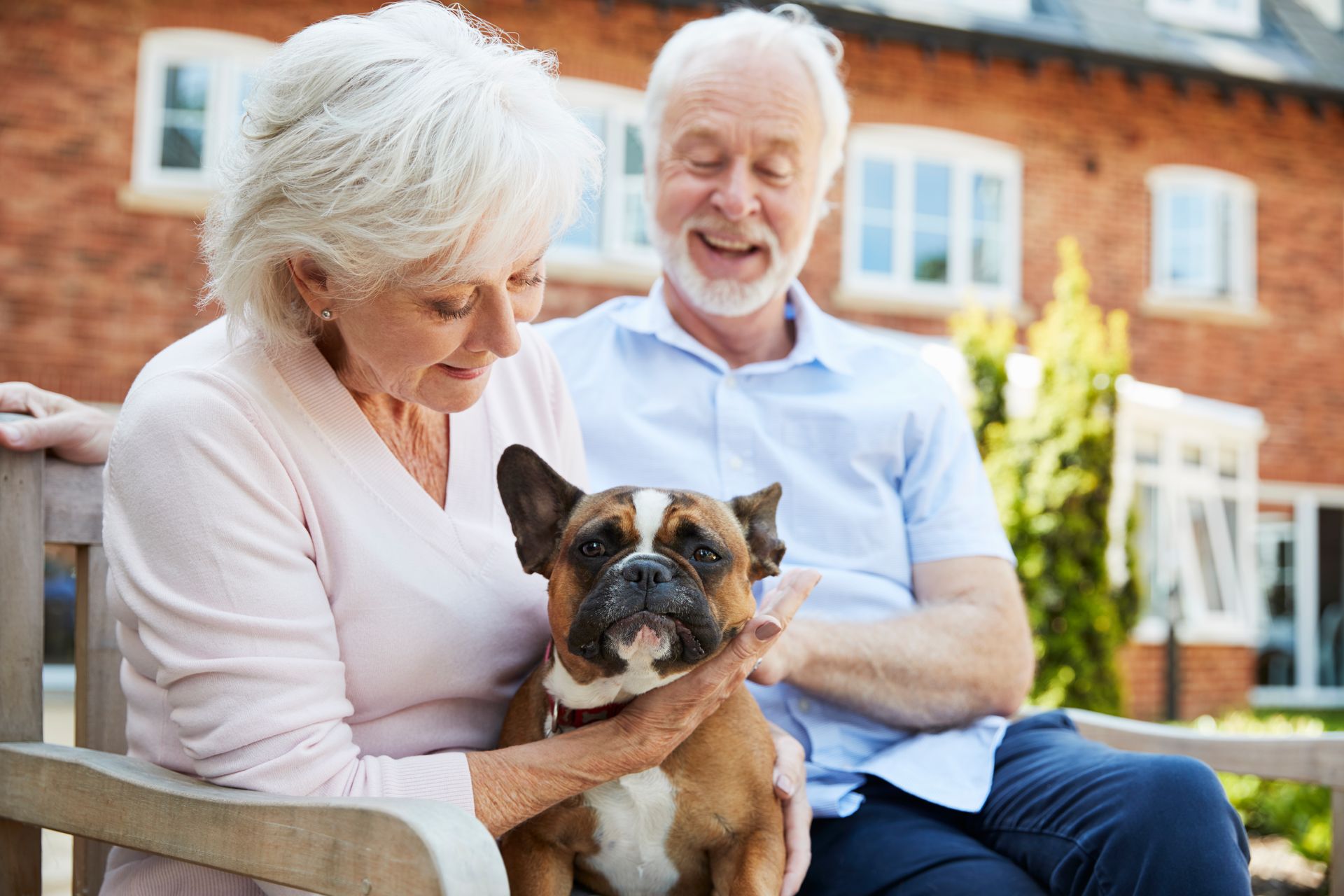
Common Risk Factors:
Slow Reflexes: Older individuals may not be able to react quickly enough to avoid a bite.
Medical Conditions: Certain health issues or medications can impact a senior’s ability to interact safely with dogs.
Living Alone: Seniors who live alone may be more likely to encounter aggressive dogs without assistance.

Common Risk Factors:
Unfamiliar Territory: Delivery workers often approach homes they’ve never been to before, which can provoke an unfamiliar dog.
No Control Over the Situation: These workers often cannot control the situation, especially if the dog is unsupervised or not behind a gate.
Repeated Encounters: The frequency of delivery may lead to dogs becoming accustomed to the mail carrier, but some dogs may still react aggressively.
5. People Working with Dogs: Trainers and Veterinarians
Why Professionals Are at Risk:
Professionals who work closely with dogs, including dog trainers, groomers, and veterinarians, are also at risk for dog bites. These individuals interact with animals that may be anxious, frightened, or in pain, which can lead to defensive behavior and biting.
6. Strangers and Unfamiliar People: The Unexpected Risks
Why Strangers Are at Risk:
Strangers—especially those who are unfamiliar with a dog—are also at a high risk of being bitten. Dogs are often protective of their territory and may react aggressively to someone they don’t recognize, even if that person means no harm. This can be especially true if the dog has not been properly socialized or if it feels cornered.

Common Risk Factors:
Unfamiliarity with the Dog: Strangers who are unfamiliar with a dog’s behavior are more likely to approach it in a way that provokes aggression.
No Warning Signals: The dog may not show obvious signs of aggression before biting, making it more difficult for a stranger to react.
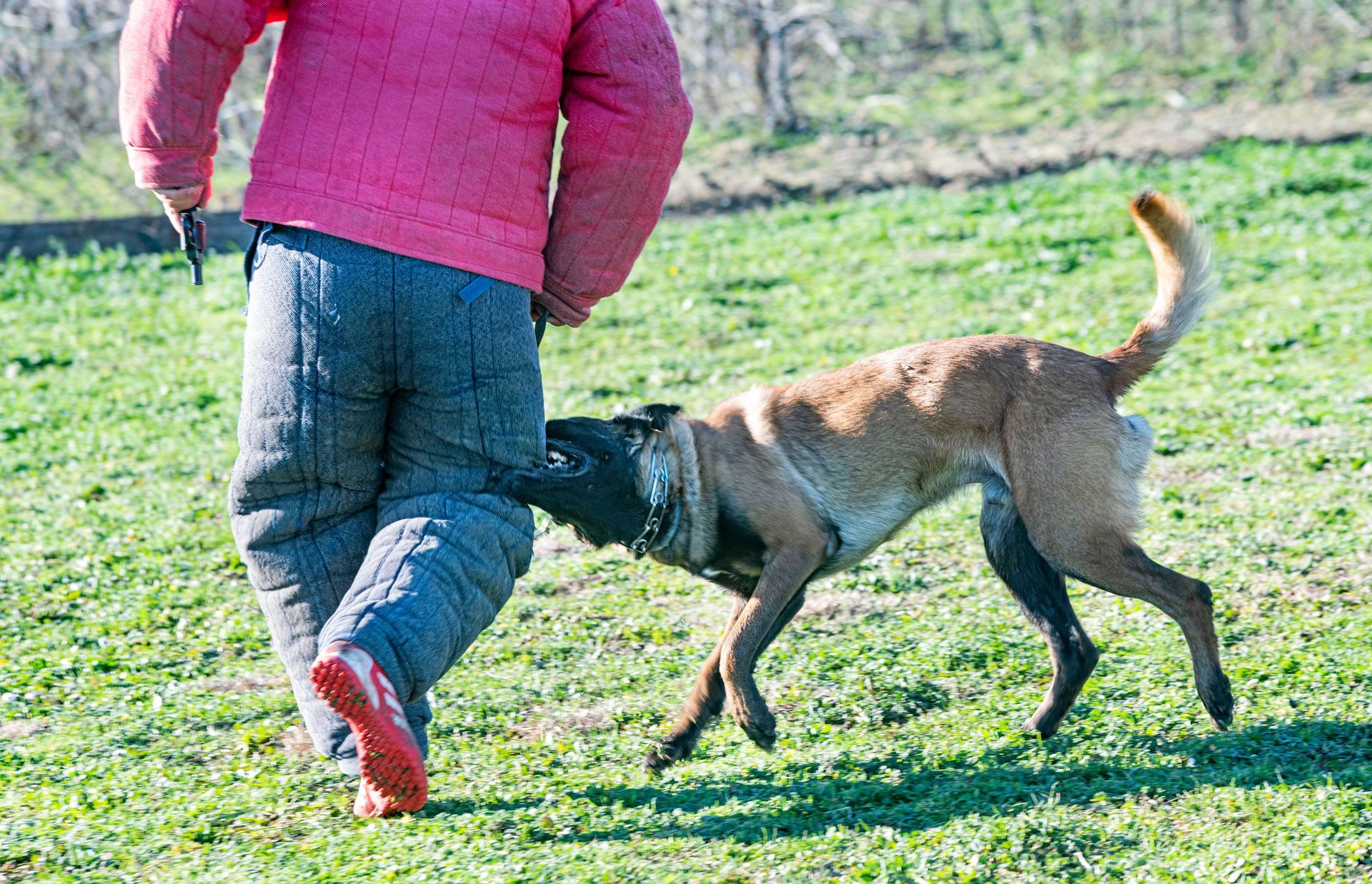
Dog bites can happen to anyone, but certain groups are at higher risk due to factors like age, mobility, and experience with dogs. By understanding who is most likely to be bitten and why, we can take the necessary steps to prevent these incidents and ensure safety for everyone. Whether you’re a parent, senior, dog owner, or someone who works with dogs, knowing the risks and acting cautiously can help keep you and others safe.
If you or a loved one has been bitten by a dog, it’s important to seek medical care and understand your options. Contact us today for assistance, and we’ll connect you with the right professionals who can help you navigate the recovery process.

